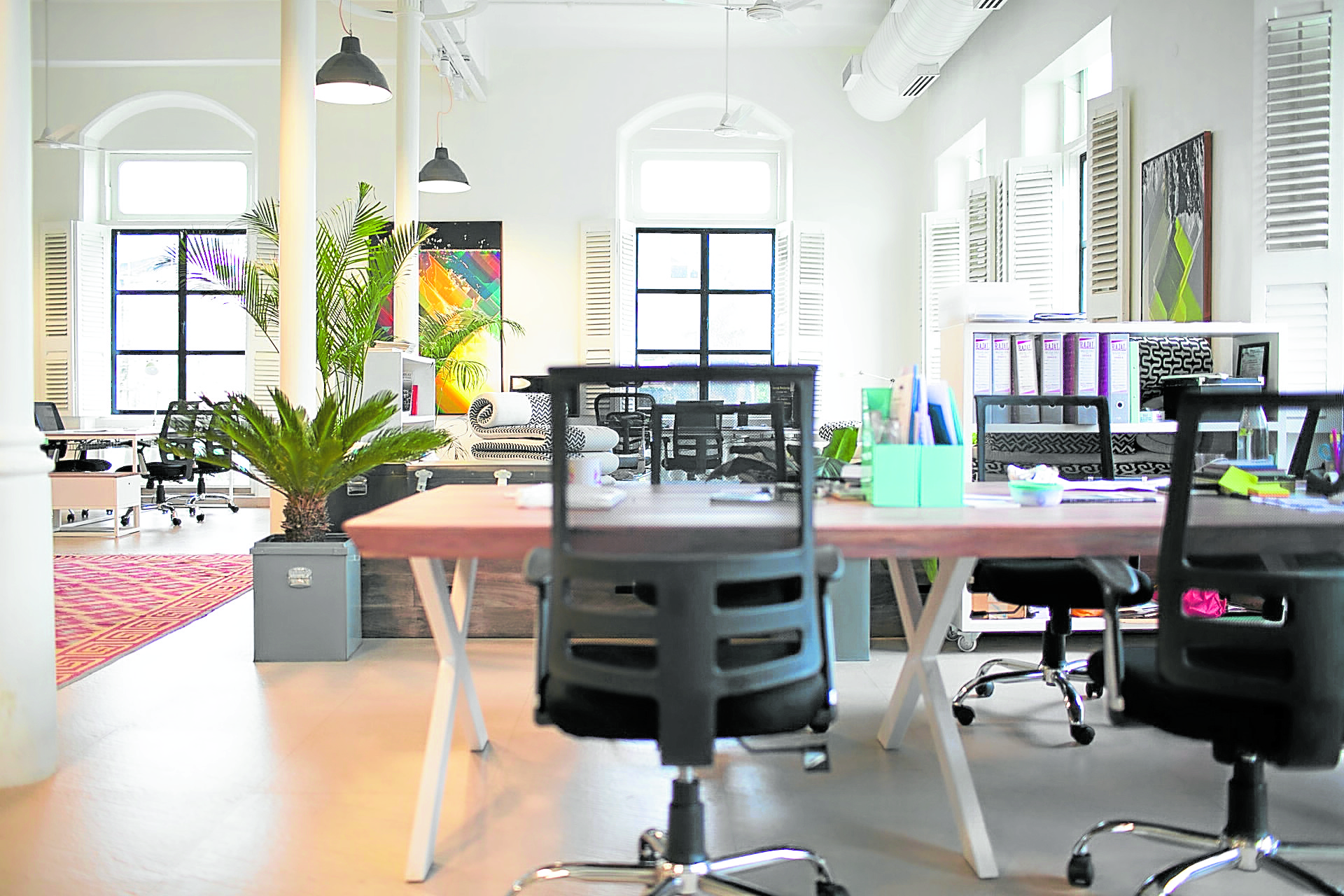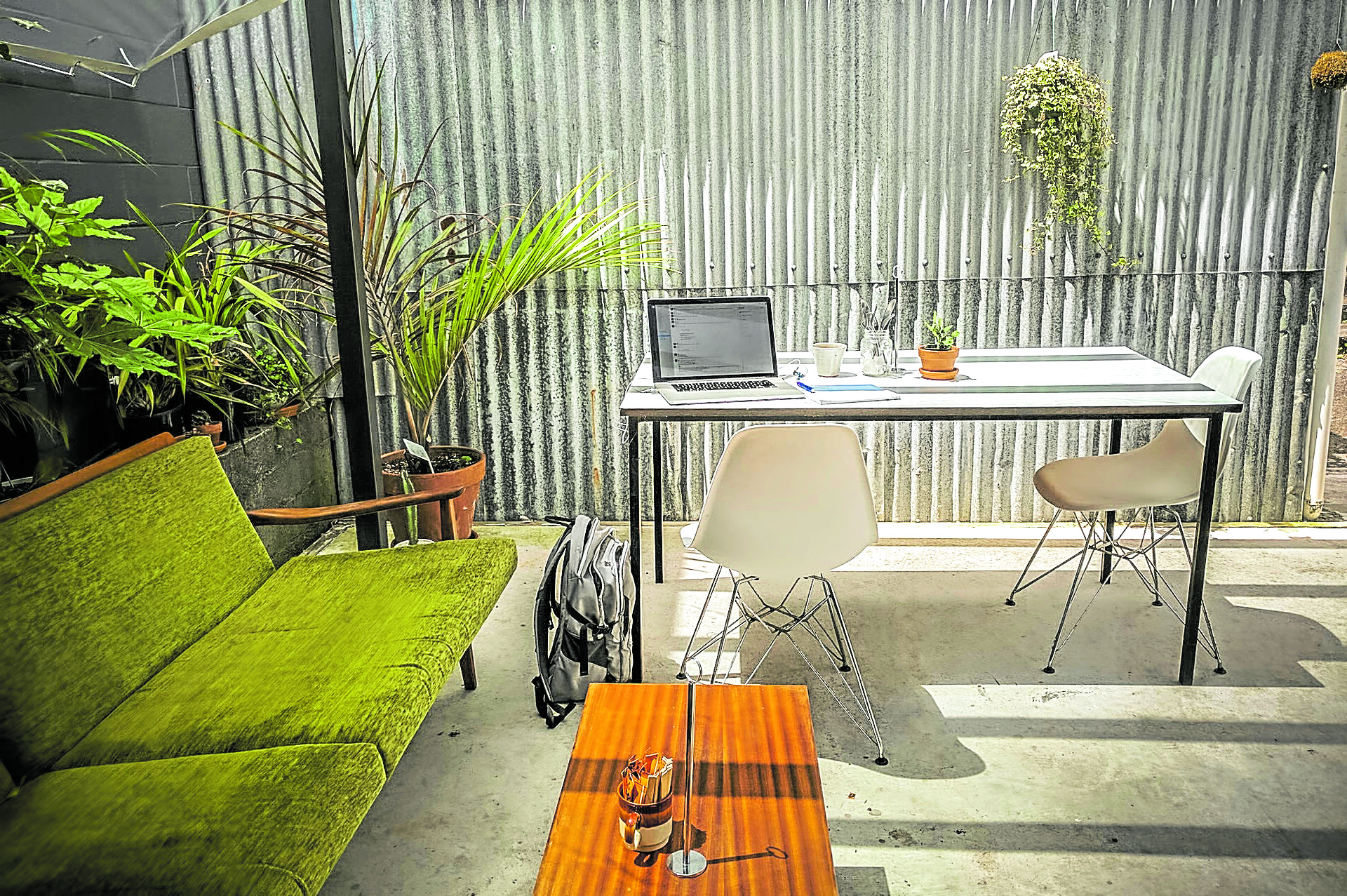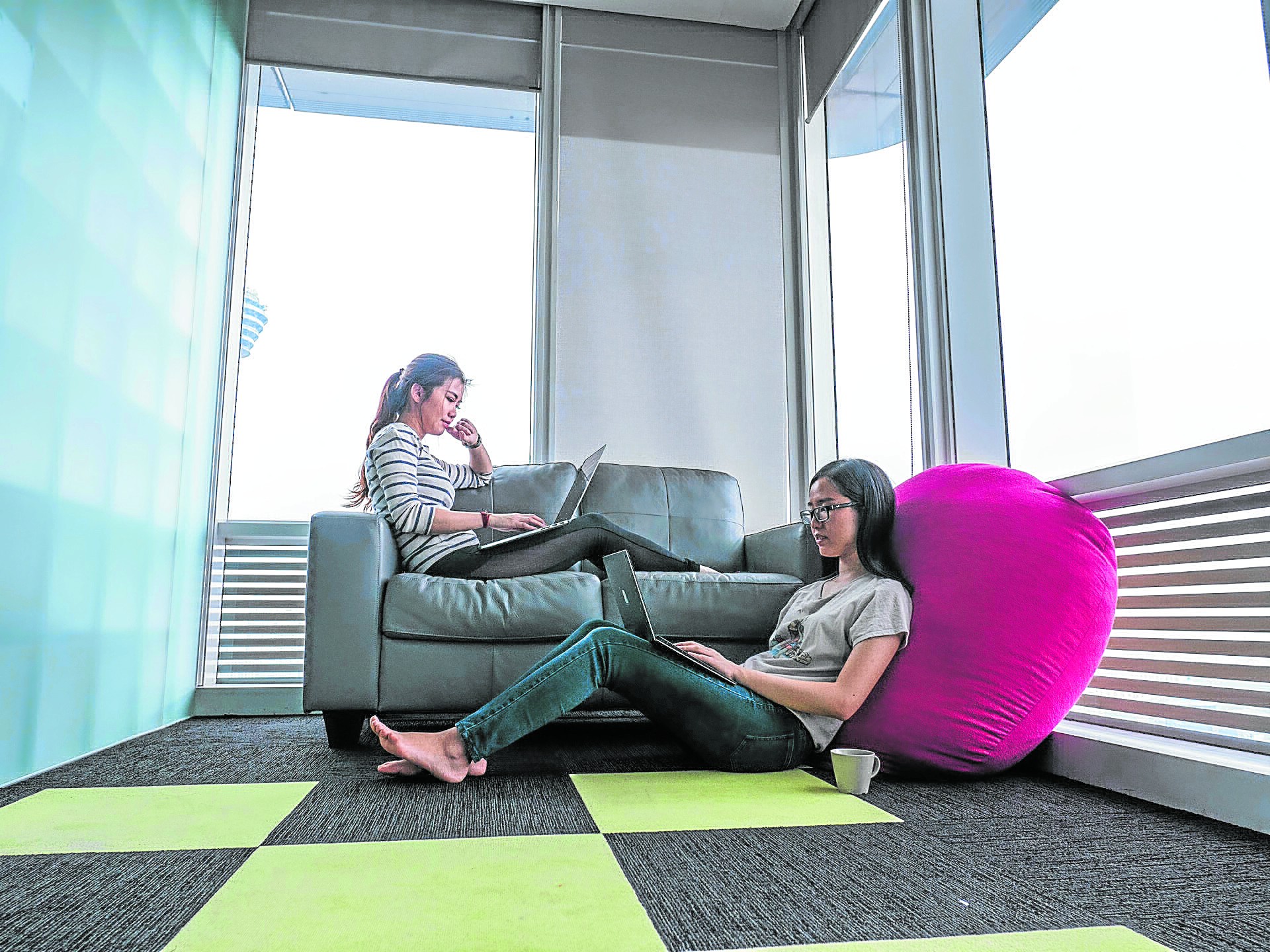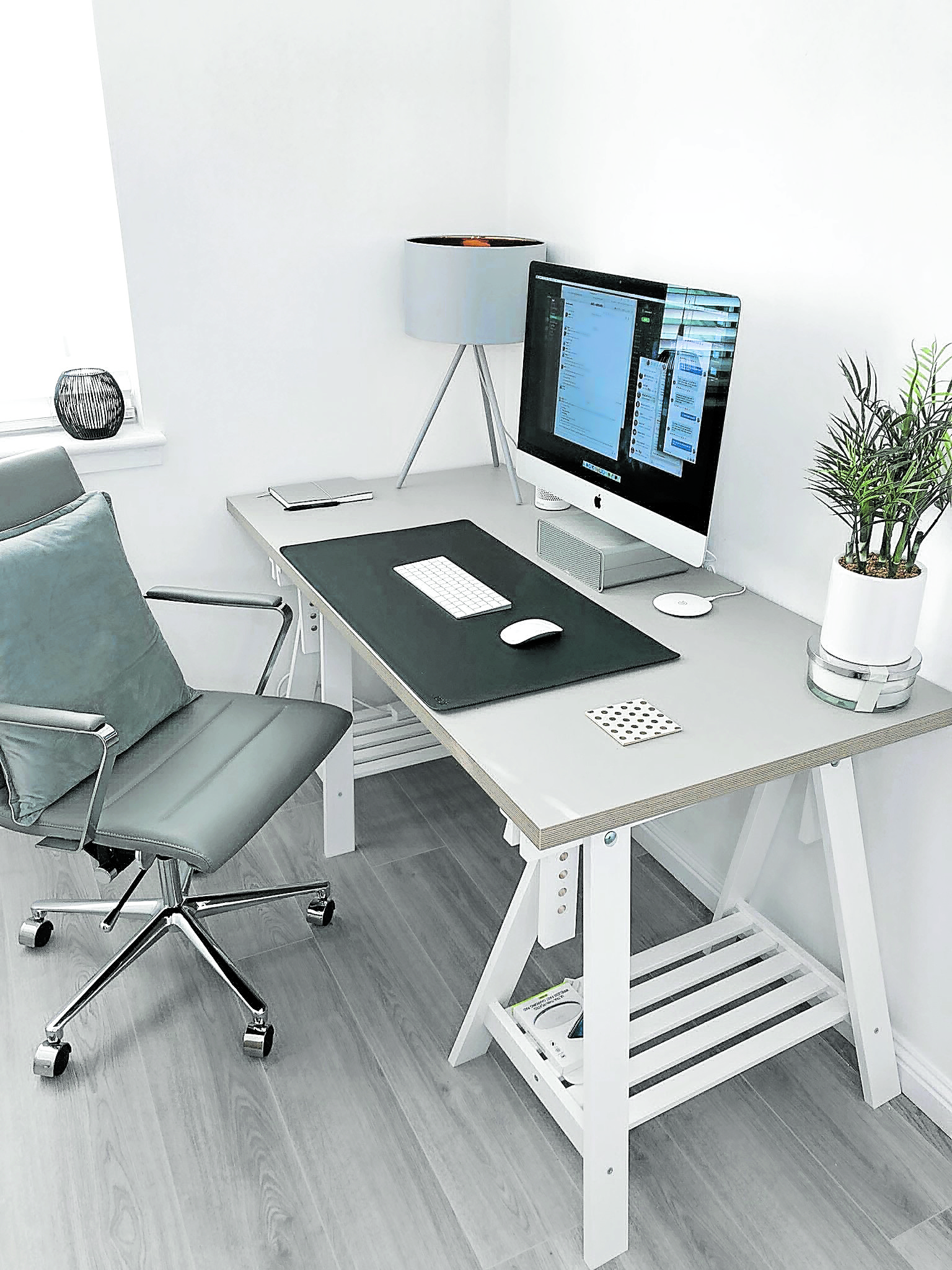Before the nationwide lockdowns and remote working arrangements, the home office used to be an afterthought. Homeowners tend to focus more on renovating spaces such as the living room, kitchen, bathroom and bedroom. Having a separate home office did not seem to be a priority.
Today, amid the COVID-19 pandemic, everyone has carved areas in the house for a makeshift office—it could be their beds, dining tables, couches or just about any comfortable space. But while these “homey” spaces seem to do well for now, there might be wisdom in creating a more permanent home office. The new COVID-19 variants found in Brazil, California, South Africa and United Kingdom will reportedly further intensify the uncertainty of quarantine restrictions, remote working arrangements included.
In fact, a survey by UK’s Institute of Directors (IoD) pointed out that 74 percent of its participants plan on keeping their work-from-home arrangements for good. Since it seems that homeworking is here to stay for now, here are eight ways to make the most out of your home office—preferably one that is not in the dining room or the kitchen.
Health comes first
Planning for the ideal home office should be grounded on the very reason why it rose in demand—that is, to prevent the spread of infectious diseases. As such, homeowners may benefit from providing additional hygienic measures like introducing sanitation stations as well as anti-microbial wall paints and fabrics that can be easily cleaned and disinfected.
Staying connected
Thanks to the Internet of Things (IoT), smooth and interconnected communication among different devices made touchless contact possible. Home offices may start their journey towards experiencing the IoT by activating voice or motion controls as well as maximizing cloud storage on multiple devices. You may also want to invest in a wireless access server that allows you to use your laptop in just about any part of the house.
Ergonomics matters
Even the most comfortable dining chair or a well-upholstered armchair can provide comfort for only a couple of hours. Therefore, an ergonomic chair that is specially contoured to be comfortable even after working in front of a desk for long hours should be a home office staple. Aside from a reliable ergonomic chair, you may want to add footrests, soft keyboard pads, as well as ergonomic mouse instruments perfectly shaped to fit your hands for optimum comfort and productivity.

Before the nationwide lockdowns and remote working arrangements, the home office used to be an afterthought. Homeowners tend to focus more on renovating spaces such as the living room, kitchen, bathroom and bedroom. Having a separate home office did not seem to be a priority.
Today, amid the COVID-19 pandemic, everyone has carved areas in the house for a makeshift office—it could be their beds, dining tables, couches or just about any comfortable space. But while these “homey” spaces seem to do well for now, there might be wisdom in creating a more permanent home office. The new COVID-19 variants found in Brazil, California, South Africa and United Kingdom will reportedly further intensify the uncertainty of quarantine restrictions, remote working arrangements included.
In fact, a survey by UK’s Institute of Directors (IoD) pointed out that 74 percent of its participants plan on keeping their work-from-home arrangements for good. Since it seems that homeworking is here to stay for now, here are eight ways to make the most out of your home office—preferably one that is not in the dining room or the kitchen.
Health comes first
Planning for the ideal home office should be grounded on the very reason why it rose in demand—that is, to prevent the spread of infectious diseases. As such, homeowners may benefit from providing additional hygienic measures like introducing sanitation stations as well as anti-microbial wall paints and fabrics that can be easily cleaned and disinfected.
Staying connected
Thanks to the Internet of Things (IoT), smooth and interconnected communication among different devices made touchless contact possible. Home offices may start their journey towards experiencing the IoT by activating voice or motion controls as well as maximizing cloud storage on multiple devices. You may also want to invest in a wireless access server that allows you to use your laptop in just about any part of the house.
Use ergonomic furniture for optimum comfort and productivity
Ergonomics matters
Even the most comfortable dining chair or a well-upholstered armchair can provide comfort for only a couple of hours. Therefore, an ergonomic chair that is specially contoured to be comfortable even after working in front of a desk for long hours should be a home office staple. Aside from a reliable ergonomic chair, you may want to add footrests, soft keyboard pads, as well as ergonomic mouse instruments perfectly shaped to fit your hands for optimum comfort and productivity.
Common areas in the house can be turned into shared work-from-home spaces
Open floor plan persists
With occupants or family members working and learning remotely all at the same time, a house can easily get cramped and be a source of distraction for everyone. To avoid this, future homeowners eyeing home construction post COVID-19 may opt for a well-delegated floor plan. All common areas should allow a flexible furniture layout. Aside from common areas, home offices with limited floor space may double as a guest bedroom or an extended living room. This is made possible by considering multi-functional furniture.
Choose the right colors
The psychology of colors and their lasting effects on people have been a fact. However, this concept can be especially important at a time when your personal and professional spaces are under the same roof.
While cool colors such as blues and violets are tempting as they induce feelings of relaxation and comfort, using too much blues in your home office can lull occupants to sleep. Bright colors such as yellow and red may meanwhile encourage positivity and stir energies. Energetic colors like bright yellow may however trigger anxiety, whereas shades of red should be used sparingly as an accent in a home office. For safer options, neutral and “balanced” colors such as gray, green, ivory, tan and white will prevent you from getting too distracted. Combining them with accent colors can give you a spritz of energy and vitality.

Leverage on natural lighting
A good home office should have as much natural light as possible. While this can be achieved by simply increasing wall openings, appreciating natural lighting does not end at that. The beauty of daylight comes from the way it reflects and breaks apart on surfaces. This creates an interesting ambiance that can be physically and mentally beneficial to occupants.
If your home office has no access to natural lighting, a combination of general and task lighting may do the trick. For home offices without windows, daylight-replicating light fixtures may provide full-spectrum, yet energy-efficient lighting.

Appreciate the outdoors
At a time when travel restrictions are enforced and people are mandated to stay home, houses blessed with a garden or even a small balcony should make the most out of it. If outdoor noise does not bother you that much, you can place your home office near a small garden, terrace or balcony. Not only will it maintain good ventilation, but it will also serve as a quick getaway when the digital world gets too overwhelming.
Think long term, think sustainability
Lockdowns and quarantine protocols lasting close to a year urged companies such as Facebook and Twitter to adapt work-from-home setups permanently. Whether you are tasked to work remotely for only a few months or for good, practicing sustainability and eco-friendliness in a tech-driven and energy-consuming setup is the way to go.
You can start with maximizing your space’s natural daylight, turning off your home office equipment when idle, activating their power saving features, adding indoor plants and restoring recyclable hardware. Eco-friendly and sustainable materials such as recycled glass countertops, woods from sustainable forestry or refurbished furniture allow you to maximize the world’s sources, all the while achieving a much more fulfilling workspace.
As these arrangements no longer seem as temporary as we initially thought, transitioning households may need long term, even permanent solutions to have an efficient work-from-home setup—regardless of how uncertain we are on where the new variants of COVID-19 will lead us from here.
The author is the principal architect of Fulgar Architects, an architectural firm helping local and international property developers get into unique and diversified planning and design specialties for hotels, condominiums, museums, commercial and mixed-use township developments with a pursuit for the meta-modern in the next Philippine architecture.
Article and Photo originally posted by Inquirer last January 30, 2021 3:25am and written by Ar. John Ian Lee Fulgar.









More Stories
Weekend wanderer: This walk in Manila is a trip to art and to our past
Enjoy no-frills camping in the great outdoors in Tanay
Landco Pacific raises the bar for premium resort and leisure living